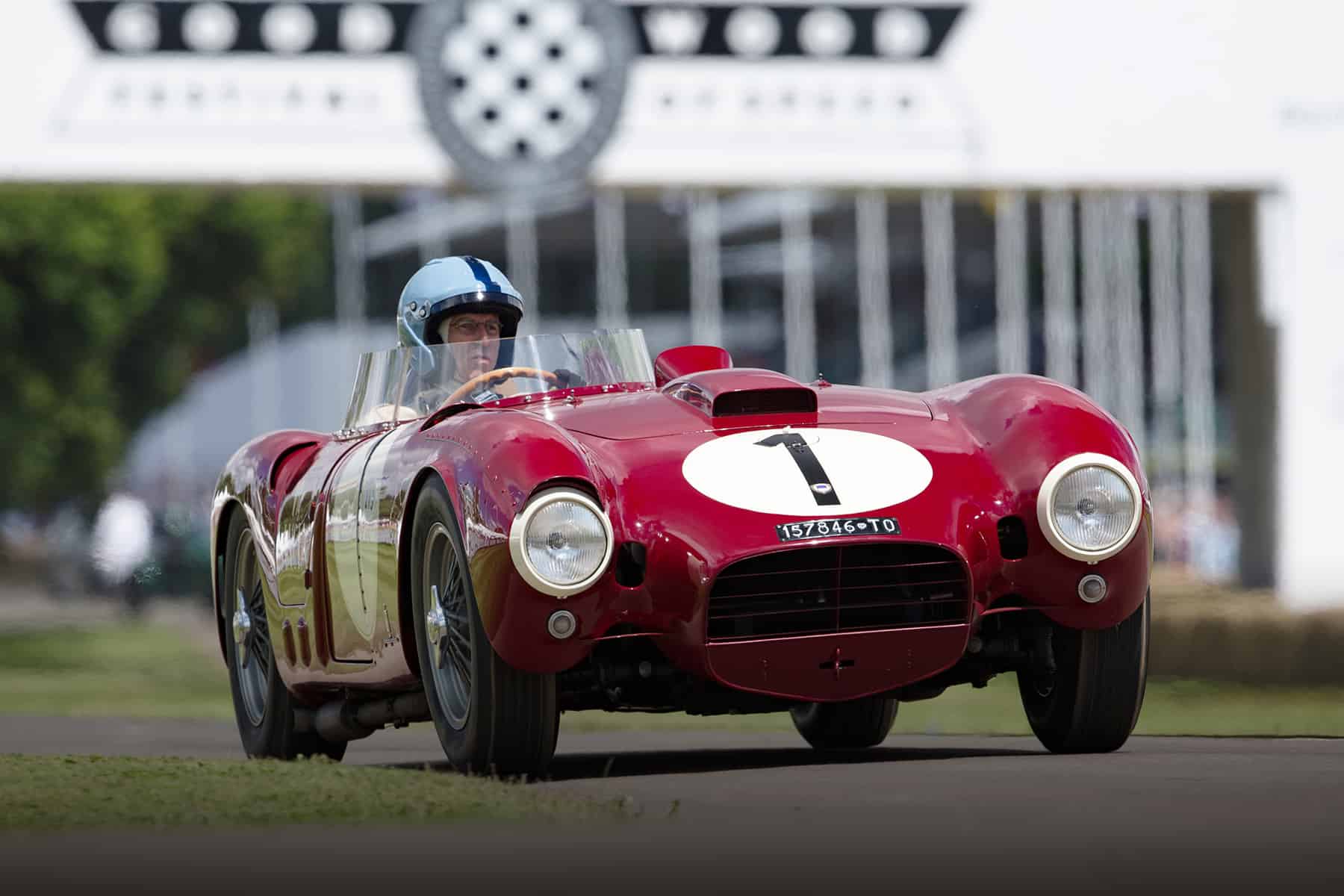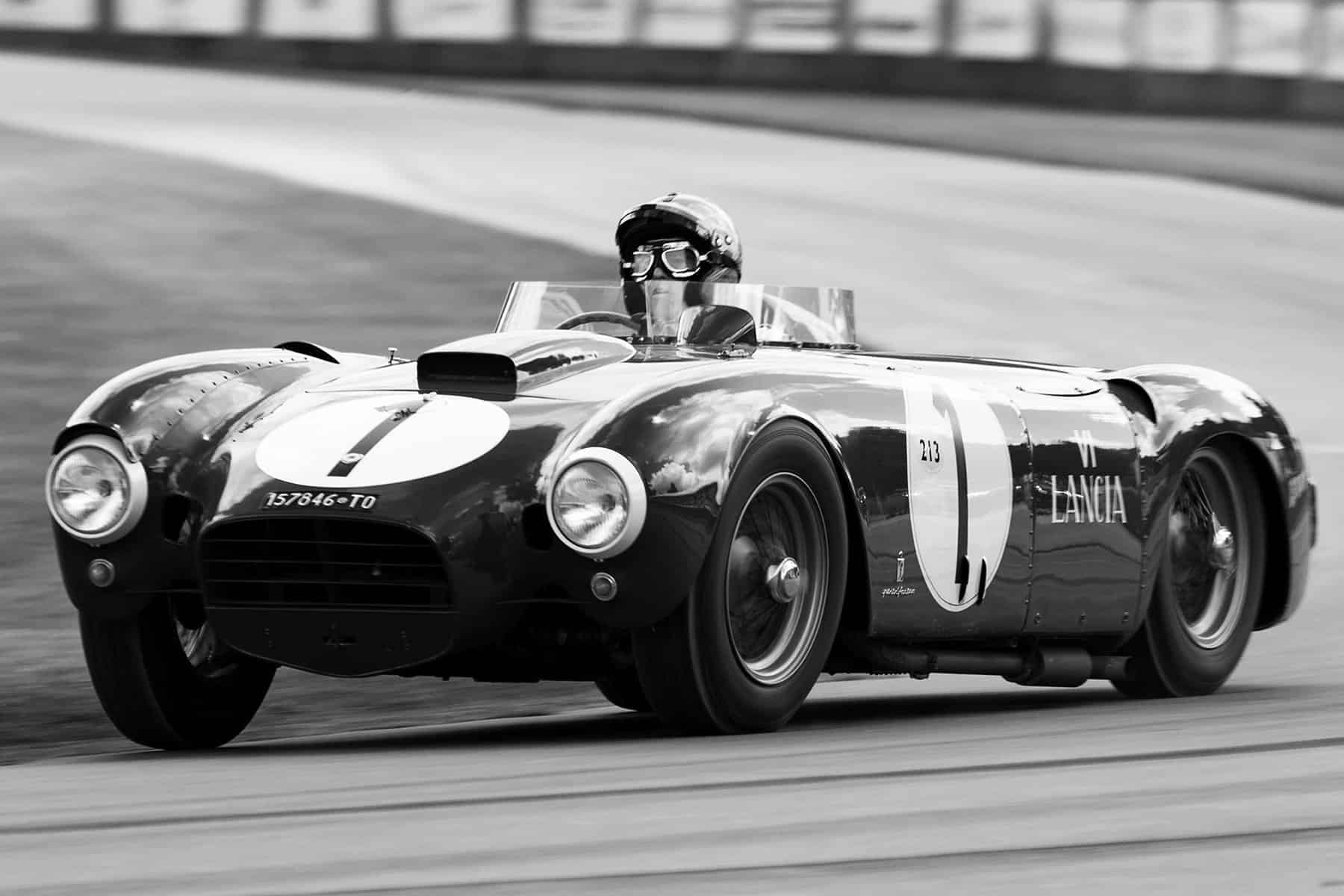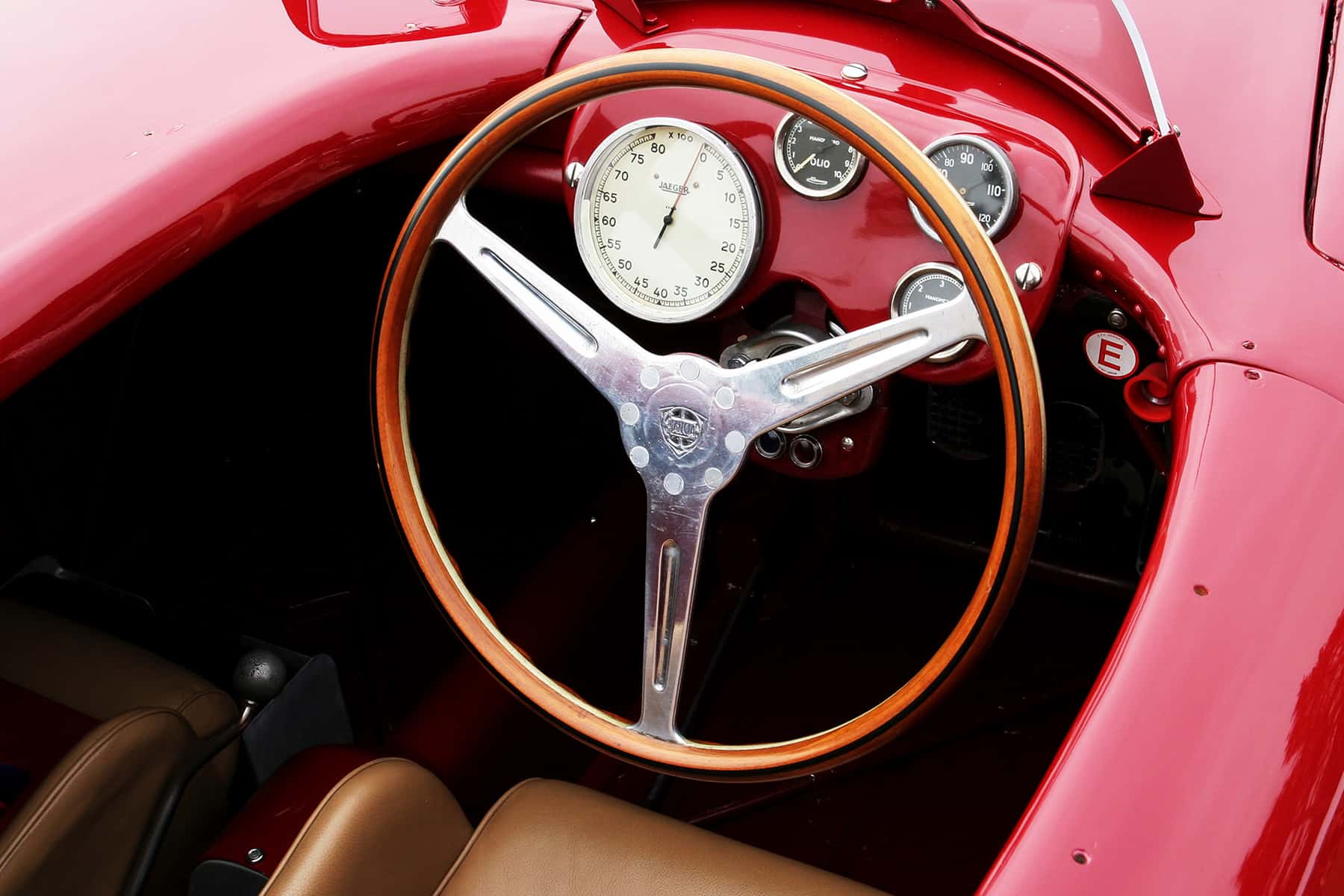The Art of Lancia
Requiem for a heavyweight?
BY: WOUTER MELISSEN
In his book Classic Sports Cars, British historian Cyril Posthumus opened the section on Lancia with the notion that, “It has been said that Lancia never made a bad car, and to this could very well be added – they never made an uninteresting one either.”
That was certainly the case when the book was published in 1980 and still so for at least another decade. Among the many great Lancias produced was the D24 sports car, which scored victories in the 1954 editions of the Targa Florio and Mille Miglia. Sadly, the last really interesting Lancia was the Thesis, introduced back in 2001. Today, the Italian company is on its very last legs and only produces the Ypsilon city car for the domestic market. The state of Lancia pains enthusiasts to the extent that the hashtag #makelanciagreatagain is regularly trending on social media.
Starting in the late 1910s, Lancia produced groundbreaking machines such as the 1922 Lambda, which was the very first car to feature a unitary chassis, and the Aurelia of 1950, which was the first production car powered by a V6 engine. What all the early Lancias had in common is that they were strictly intended for road use, as Vincenzo Lancia had no interest in building racing cars despite having been a racer himself in his younger years. In 1937, the control of the company had passed to his thirteen-year-old son Gianni, who clearly had different plans. Gianni wasted no time and hired the great Vittorio Jano to be the company’s new chief engineer. Working for Fiat, Alfa Romeo, and the Scuderia Ferrari, Jano had been responsible for some of the greatest racing cars of the previous two decades.
The first Lancia created by Jano was nevertheless still strictly intended as a road car. This was the Aurelia introduced in 1950. Gianni Lancia recognized the potential of the relatively modest Aurelia and had Jano develop the car further with the two-door Aurelia B20 GT as the result. At the 1951 Mille Miglia, a mildly modified B20 GT won its class and placed second overall, beaten only by a Ferrari powered by a V12 engine that was more than twice the size of the Aurelia’s two-liter V6. The B20 GT would remain a force to be reckoned with in the GT class for several more years, but Gianni had set his sights on the big prize – outright victories. With Jano on the payroll, he had the perfect man to further develop the existing design into a car capable of beating the likes of Ferrari and Maserati.

To retain some resemblance with the production cars, it was decided to also use a V6 for the new competition car. The revolutionary Aurelia engine had a 60-degree V-angle cylinder angle with staggered cylinders and push-rod-actuated valves. These features made for a very compact engine, perfectly suited for use in a road car but less so for competition use. Instead, Jano created a bespoke heads with twin overhead camshafts. It was built in several different sizes, which included a 2.7-liter version fitted with a supercharger and also a naturally aspirated three-liter. The output of these varied from 220 hp for that atmospheric unit to around 240 hp for the smaller but blown V6.
The competition engine was mounted in a purpose-built, spaceframe chassis with all-round independent suspension. Dubbed the D20, Lancia’s first purpose-built racing car was clothed by Pinin Farina with an aggressive coupe body. Subtle cues from the Aurelia’s design were retained, which included the grille. This was similar in shape but considerably widened so the proportions were not quite the same. In addition to being very slippery, the body was also constructed from very thin gauge aluminum. This helped to keep the weight of the sophisticated racer down to 800 kg in naturally aspirated guise or 815 kg in supercharged form.
The D20s were ready in time for the 1953 Mille Miglia where the two cars entered finished a promising third and eighth overall. Already on the island of Sicily for the Targa Florio, Umberto Maglioli drove the D20 to its first victory, in the Palermo-Monte Pellegrino. It was a sign of things to come, as he would go on to also win the Targa Florio outright four days later. Halfway through the season, the D20 was superseded by the D23, which used only the naturally aspirated, three-liter engine and was fitted with a Spider body. Chopping the roof off the D20 helped shave an additional 50 kg.
Raced around Europe, the D23 only managed to score a single victory – the Lisbon Grand Prix, with Felice Bonetto behind the wheel. Eugenio Castellotti drove a D23 to third overall at the 1953 Carrera Panamericana in what was the type’s final outing. This was a great result in its own right but what made it even better for Lancia was that it was beaten only by a pair of the all-new D24s. The winning driver was none other than 1951 Formula 1 World Champion Juan Manuel Fangio.
First raced in August of 1953, the D24 was effectively the second evolution of the D20 design. It was built around the same tubular spaceframe chassis, but the trailing-link rear suspension was replaced by a more sophisticated DeDion axle. The engine grew in size to 3.3 liters, courtesy of a wider bore and produced around 265 hp. Pinin Farina was once again tasked with the design of the exterior and produced a lower and cleaner version of the Spider bodywork fitted to the D23. Having clearly used the 1953 season to properly develop the Lancia sports racer, Scuderia Lancia was ready to take on all comers in the 1954 World Sportscar Championship.
While the D24 scored outright victories at the Targa Florio, the critical Mille Miglia, and won several minor races around Europe, there were also disappointments. The most bitter of these came at the Sebring 12 Hours when the engine failed on the D24 that was so far ahead after eleven hours that reporters had already sent in their stories. During the season, the D24 evolved in the even larger-engined D25. Unfortunately, the advance proved insufficient to win the RAC Tourist Trophy at Dundrod – a Ferrari won instead, giving the rival Italian manufacturer a sufficient lead to make the result in the final round of the World Championship Carrera Panamericana irrelevant. Gianni Lancia scratched the entry as he had even bigger plans for 1955 – Formula 1.
In fact, the all-new Lancia D50 Grand Prix car had already lined up for the 1954 Spanish Grand Prix, which was the final round of the championship. Starting with a clean slate in designing the D50, Jano used his three decades of experience to great effect. The result was a remarkable machine, fitted with a stressed V8 engine and fuel tanks mounted out-board between the front and rear wheels. Scuderia Lancia signed 1952 and 1953 World Champion Alberto Ascari to drive the D50 and he immediately impressed by clinching the pole position and setting the fastest lap at the D50’s debut; sadly, he was forced to retire from the race with a damaged clutch. The D50’s best result came at the 1955 Monaco Grand Prix where Eugenio Castellotti finished second.
Shortly thereafter, things started to unravel for Lancia. Gianni’s ambitious spending on both the factory racing program and a new high-rise headquarters had caught up with the company. Whereas rival Ferrari would sell racing cars to pay for the works team, Lancia had concentrated solely on campaigning the cars, leaving the company literally penniless after less than three seasons. Gianni experienced firsthand why his father had been so hesitant to go into racing and he was ousted from his own company. Control of Lancia moved to affluent businessman Carlo Pesenti. As part of the deal, the Grand Prix cars were sold on to Ferrari. Jano also moved back to his old employer and helped further develop the cars; as a Ferrari-Lancia D50, it was driven to the 1956 World Championship by Juan Manuel Fangio.
The V6-engined sports cars were not part of the deal with Ferrari and they were not raced again after the 1954 season. Instead of looking for customers to campaign the cars, the Lancia board of directors inexplicably decided to have the fabulous sports racers scrapped. Fortunately, at least one D23, a pair of D24s, and one D25 managed to survive the carnage. One of the D24s and the D25 were retained by Lancia and are today part of the Fiat Heritage collection. The D23 was part of the Rosso Bianco collection for many years and is now on permanent display at the Louwman Museum, in The Hague, Netherlands. Early in 1955, Lancia had presented the other D24 to Argentinian president Juan Peron. Despite serving as an instruction vehicle at a racing school, it has survived and was sympathetically restored by Italian marque expert Guido Rosani during the 1980s.
As a young man, Rosani, whose father was a director of Lancia at the time, had witnessed firsthand the destruction of the race cars and knew that several engines had been spared. Right about the time the surviving D24 had returned from Argentina, he made a plan to resurrect the destroyed D24s around the original engines. With help from former Lancia engineer Luciano Basso and using the original drawings, he built four new D24s. Sold to prominent collectors, some of these cars have reappeared in historic race meetings around the world. Rosani would later also build several replicas of the lost D50 Grand Prix cars. At the time of his passing in October 2017, he was in the process of creating a new D20 of which no original example had survived.
An engineering work of art and a hugely successful racer on the track, the D24 was also a prime example of the damage that can be done by an overly ambitious racing effort. Above all, it remains a great reminder of why it pains so many that Lancia is slowing fading away.










